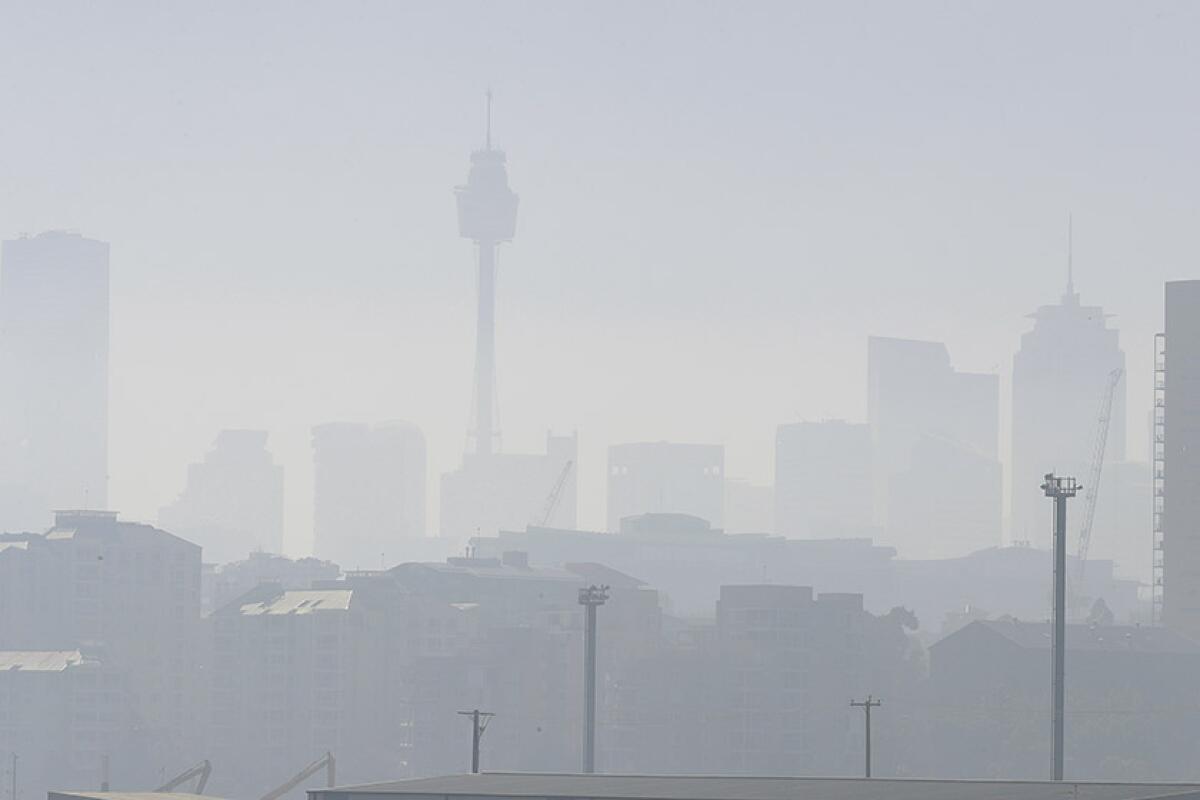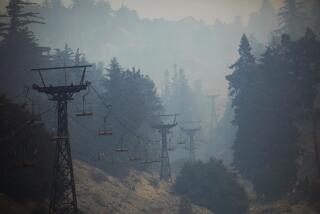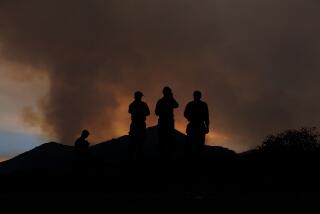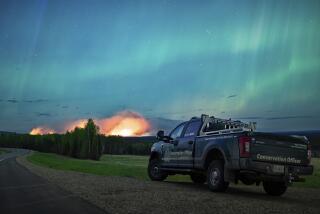Should I go to Australia during the fires? In some areas, no, U.S. says

Americans planning to visit popular sites in Australia affected by fires or poor air quality should postpone their visit until the disaster has passed, the U.S. State Department said in a travel advisory issued Wednesday, raising the issue of whether those who have already booked a vacation should go.
âThe current bushfire season is one of the worst in Australiaâs recorded history,â the advisory says. âAuthorities are issuing regular updates on affected areas. Bushfires may continue through March or April.â
The agency increased the danger from Level 1, which means âexercise normal precautions,â to Level 2, âexercise increased caution.â Other Level 2 advisories include Mexico, where the State Department cites crime and kidnapping risks, and France, where it says civil unrest and terrorist attacks may pose threats. Level 3 is âreconsider travelâ and Level 4 is âdo not travel.â
The Australia advisory warned travelers to delay trips to âaffected areas,â which may include places on many travelersâ itineraries. Heat and smoke haze in the capital Canberra, Sydney and Melbourne prompted officials to issue an urgent asthma warning Tuesday, saying conditions may trigger attacks.
The National Museum in Canberra reopened Thursday after temporarily closing over fears that opening doors would let smoke in and potentially damage artworks inside. âDue to poor air quality our hours may change at short notice,â the museumâs website said Thursday.
Australiaâs tourism website lists these areas of the country that affected by fire, as of Wednesday:
- Blue Mountains and South Coast in New South Wales on the countryâs southeast coast
- Kangaroo Island in the south
- The Golden Outback in Western Australia.
The countryâs central area around Alice Springs and the Uluru rock formation remain unaffected. Australia.com, the tourism website, encourages visitors not to cancel their plans, saying, âThe best way to support Australia, Australian communities, and the tourism sector is to keep visiting.â Tourism contributes $41 billion (in U.S. dollars) to the economy, according to Tourism Research Australia.
Fires that began in September have killed 24 people, destroyed more than 1,000 homes and burned 32,400 square miles. The hardest-hit area is New South Wales on the southeast coast, home to Sydney. As many as a billion animals may have died in the fire, several sources reported. Rain in some areas has helped firefighters and volunteers battle the blazes, but itâs unknown when the disaster will end.
What to do if you have tickets
Look for updates. If you are weighing whether to go, the State Department and Australiaâs tourism website post links to updated fire information from all regions of the country. Fire maps and data may be hard to understand if you donât know the area; stay on top of media coverage that explains whatâs going on.
Contact your airline. Find out what your options are if you want to reschedule your trip. Australia-based Qantas, for example, waived change fees for some travelers who were booked to fly up until Jan. 20. (I received this response when I contacted the airline on Twitter: âWe are closely monitoring the situation and are mindful of how this will impact travelers and their plans so we recommend contacting us closer to your date of travel for any options that may cover your travel dates.â) Virgin Australia, Etihad Airways and Delta Air Lines also are waiving fees for ticketed passengers.
Check your travel insurance coverage. Itâs too late to buy travel insurance now because the fires have been going for months. For those with a standard policy bought before the fires started (and that date varies by company), travel alerts by the U.S. and disaster declarations by Australia may not be cause enough to allow you to cancel your trip and be reimbursed, Kasara Morison, a spokeswoman for Squaremouth.com, a travel insurance aggregator, said in an email.
Squaremouth lists conditions that must be met for coverage to take effect: your hotel or other accommodation is uninhabitable because of fire damage or evacuation orders, or you canât get to your planned destination because of evacuations, airport closure, etc.
What if youâre too worried to go? âTravelers with future trips to Australia may be understandably concerned, as many pre-planned excursions are no longer available, however, simply not wanting to go anymore, even if they fear for their safety, isnât a covered reason to cancel,â a Squaremouth release says.
More to Read
Sign up for The Wild
Weâll help you find the best places to hike, bike and run, as well as the perfect silent spots for meditation and yoga.
You may occasionally receive promotional content from the Los Angeles Times.







